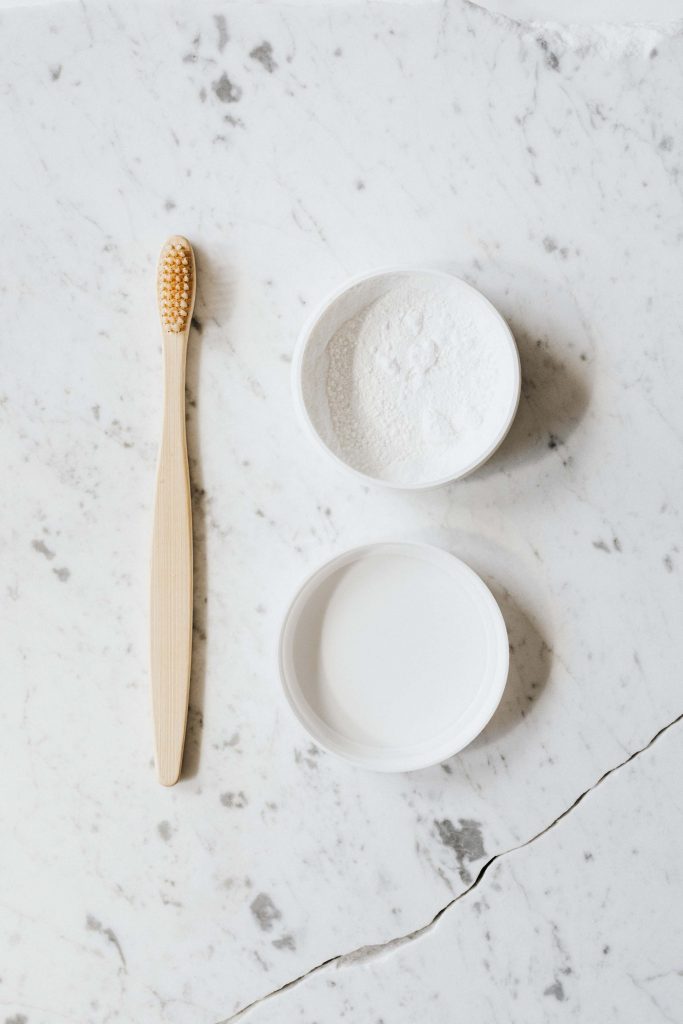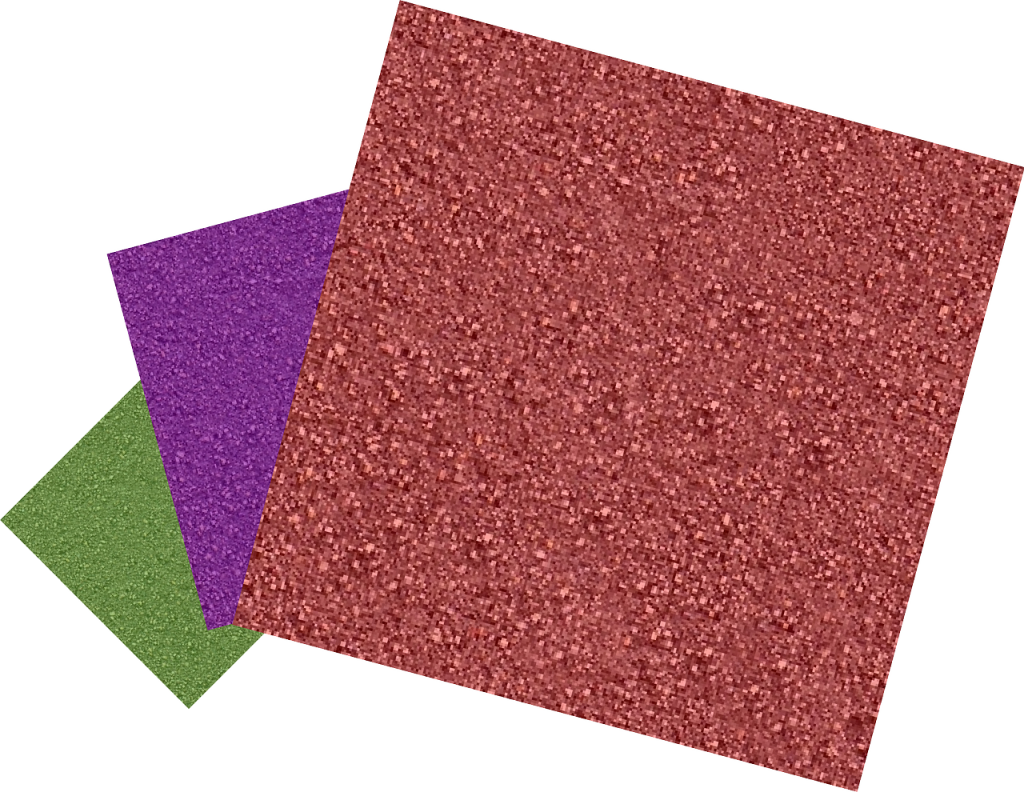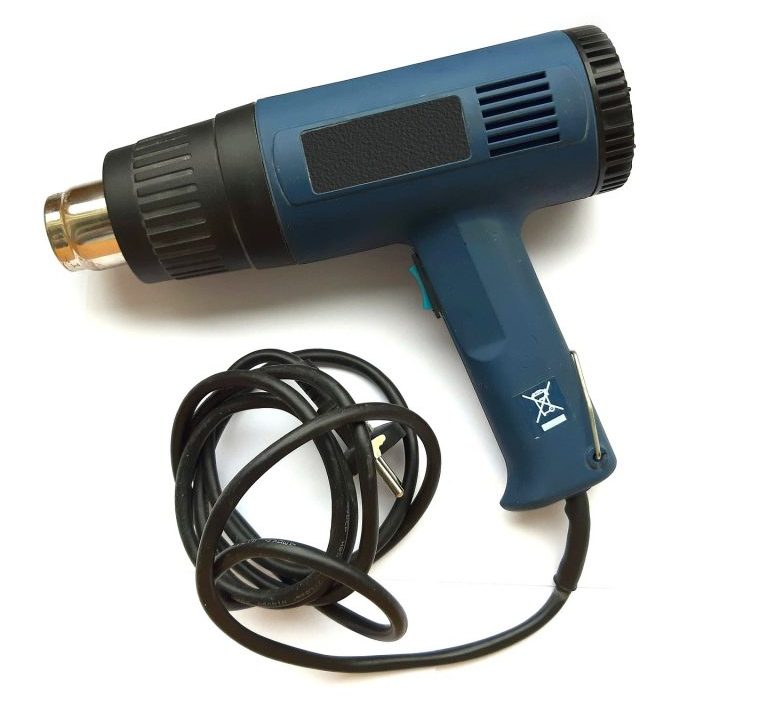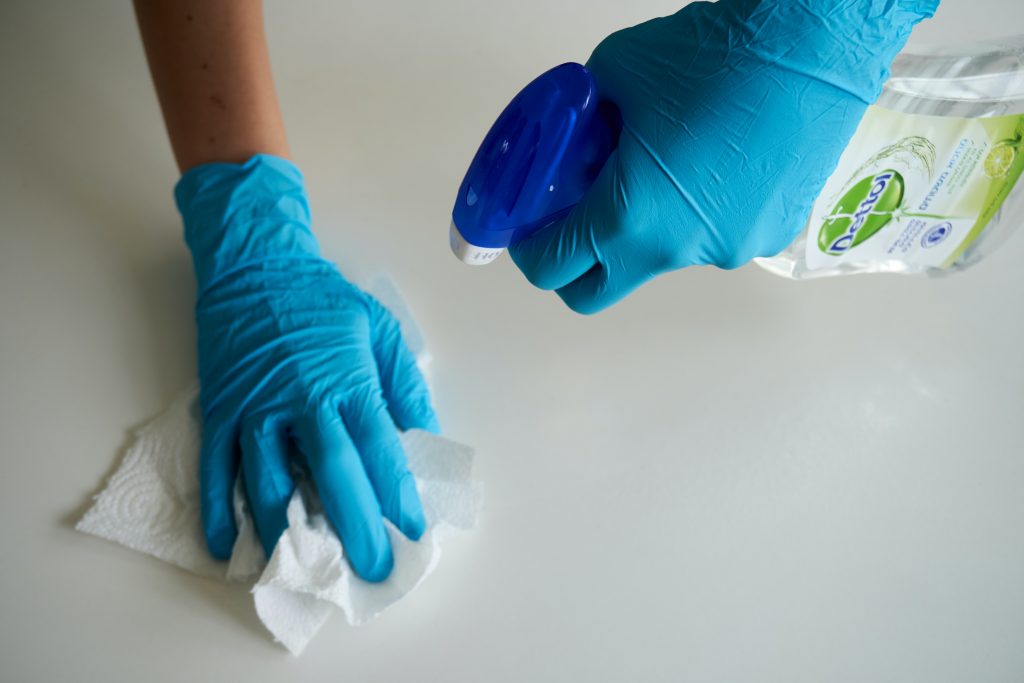When it comes to material for outdoor furniture and storage jars, plastic wins hands-down. The only hurdle being removing scratches from plastic… Gharpedia shares some useful cues for the same.
From the broader perspective, outdoor furniture is available in three materials – wood, metal and plastic. Gharpedia would recommend that segment of the population which has a mental block when it comes to plastic furniture (as they feel it’s ‘cheap’) to do a random search on the internet for ‘high quality plastic furniture’ and trust us you may swoon at their elegance and the stupendous prices too!
Then again besides plastic, containers to store your edibles are also available in – glass and metal. While glass demands a lot of cleaning and fragile handling; metal sometimes rusts or the lid inflates or even tears; but plastic containers are relatively maintenance-free.
Despite offering a host of benefits, a major stumbling block when it comes to plastic (furniture or containers) is with regards to removal of the scratches and stains that any utilitarian piece of furniture or accessory attracts over a period of time.
Gharpedia through this blog has curated some useful pointers to ease your scratch and stain removal process.
Types of Plastic Furniture

For those archaic souls who were labouring under the delusion that plastic offers only chairs in terms of outdoor furniture, here’s sharing a brief glimpse of the array of furniture available in the market in the plastic segment –
- Adirondacks Chair
- Benches
- Chairs
- Dining Sets
- Fire Tables
- Gliders
- Lounges
- Rockers
- Swings
- Tables
And lots more!
Tempted, eh?
Benefits of Plastic Furniture
Plastic furniture offers a plethora of pluses –
- Easy to install so you don’t need any professional help to assemble it
- It’s virtually maintenance-free as it doesn’t need to be painted and moreover it is rust-free
- A huge chunk of plastic furniture is prepared from recycled plastic so it’s a massive saving on your carbon footprint
- Generally more economically priced vis-à-vis wooden or metal furniture
- Lightweight and easily movable allowing scope for rearrangement of your patio!
- Quite sturdy and unbreakable
- Available in a multitude of colours
- As it is waterproof it’s the best option for monsoon
- The smooth edges and corners make it children-friendly
Benefits of Plastic Containers
Besides most of the benefits covered in the above section on ‘Benefits of Plastic Furniture’ the additional pluses of plastic when it comes to the food container zone are –
- These are quite durable
- They can withstand extreme environment conditions
- They keep the food fresh for a longer time
Prevention of Plastic Furniture
Like they say prevention is always better than cure so how about taking some steps in advance to keep your plastic furniture and food storage containers free from scratches and stains?
Let’s show you how –
- Always keep your plastic patio furniture covered to protect them from sun-discoloration and being scratched by other objects during storms and rains (say stones and leaves falling on them). When not in use it would make sense to keep your plastic patio furniture in the garage
- Clean your plastic ware at regular intervals to ensure that you remove dust and debris as scratches are basically a build-up of these
- Avoid stains by not using plastic containers to store items that have tomato-based sauces
Cues for Removing Scratches and Stains from Plastic
If cleaning and polishing scratches is putting you off from purchasing furniture and accessories in plastic then here’s a quick guide to enable you to remove scratches and stains from Adirondacks, food containers and more with the help of basic household products.
The first organic step whether you want to remove a scratch or a stain, is to clean the plastic item. The cleaning process is pretty simple – just use warm water with a mild utensil detergent and then let the plastic item air dry.
Ways to Removing Scratches from Plastic
It’s crucial to first understand the length and depth of the scratch in order to help you decide which scratch removal method to opt for. After cleaning the area gently (and carefully of course!) slide your fingers on the entire surface. Now if –
- Your fingernail runs across the scratch easily then opt for household products like dental cream (toothpaste) and sodium bicarbonate (baking soda) to remove the scratch
- Your fingernail gets caught in the scratch, then you’ve got a scratch that calls for more sturdy removal tactics like say – sanding paper
A heat gun comes in handy to add a glossy look to your dull and faded plastic ware … But do remember to don glasses and mask to shield you.
01. Removing Scratches With Toothpaste:

Opt for a non-gel paste with baking soda as it’s quite effective for removing minor scratches from the plastic surfaces of soft domestic items (frames or storage boxes). Just apply a minute amount to a cotton swab and pat it into the scratched area (the one you’ve cleaned) in circular motion for two-three minutes until the scratch disappears. Then rinse and dry the item
02. Removing Scratches With Baking Soda:

The modus operandi remains more or less the same as the one for toothpaste; with the only difference being that in this case you’ll have to prepare a paste using equal parts water and baking soda of the same consistency as toothpaste.
03. Removing Scratches With Sandpaper:

Wet sandpaper is perfect for lengthier and deeper scratches on slightly larger surfaces say outdoor furniture for instance as it levels out the uneven surface gradually. Post confirming that the sandpaper is appropriate for using when wet (as it needs to be soaked for about 10 minutes prior to treating the area with the scratch); start with a 220/320-grit, and then graduate to a finer grit to help lend you the final finish
Lightly sand it in circular motions – do mark the non-affected area with masking tape to ascertain that you don’t sand that in your over-zealousness; simultaneously remove the remains with the help of a cotton cloth and ensure that the finish is even and the scratch has disappeared.
Use a Heat Gun to Add a Shine to Your Plastic Stuff

This tool is most effective to bring a shine to dull or cloudy-looking plastic. The technique used here is heating up the plastic. But the trick lies in maintaining the perfect and delicate balance of gently heating up the plastic alongside ascertaining that it does not heat to a point where it becomes toxic i.e. it starts melting and releasing smoke.
The best way to do this is to use the heat gun at the minimal temperature, and then slide its pointer across the entire surface… without dawdling at a spot for too long. Voila! Welcome to an even surface with an attractive sheen!
Ways to Banish Stains From Your Plastic Stuff
Plastic furniture and accessories generally end up with stains leading them to look dull and well-used. Here’s sharing some easy-to-apply tips for bidding a farewell to these stains –
01. Alcohol or Hand Sanitizer:

Besides protecting you from the wily virus, hand sanitizers also help remove stubborn coffee or tomato stains from your plastic ware! Directly apply a pea-sized quantity on the stain and scrub it in; thereafter clean the section with lukewarm water and utensil detergent to remove the stain
02. Lemons:

Scrub the stain with half-a-lemon and then let it naturally dry in the sun. Besides removing the discoloration the lemon-sunlight combo will sanitize your item also!
03. Vinegar:

This is perfect for plastic food containers as its natural. Just blend one tablespoon of white vinegar into a cup of water and soak your plastic items for two-three hours until the stain has disappeared. In case the item is big in size then spray this water-vinegar solution directly on the stain, leave it time to soak in and then wipe it down
Do share your hacks for removing stains and scratches from plastic ware in the comments section…!
It is likely that you will enjoy another blog if this one was useful to you. Click here to find out more –
Image Courtesy: Image 2(c), Image 2(j)
Author Bio
Huta Raval – An English Literature and Journalism Topper, Huta Raval has graduated from the L D Arts College, Ahmedabad. Post serving for 23 years in the NBFC and Public Library Sectors her desire for ‘writing the unwritten’ brought her to the creative field of content writing. Her clientele comprises of NGOs, Blogging Platforms, Newspapers, Academic Institutions, et al.
